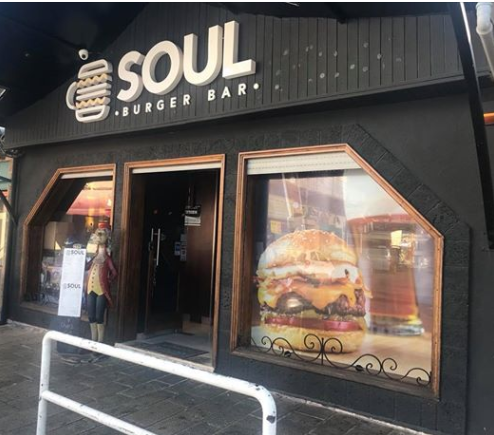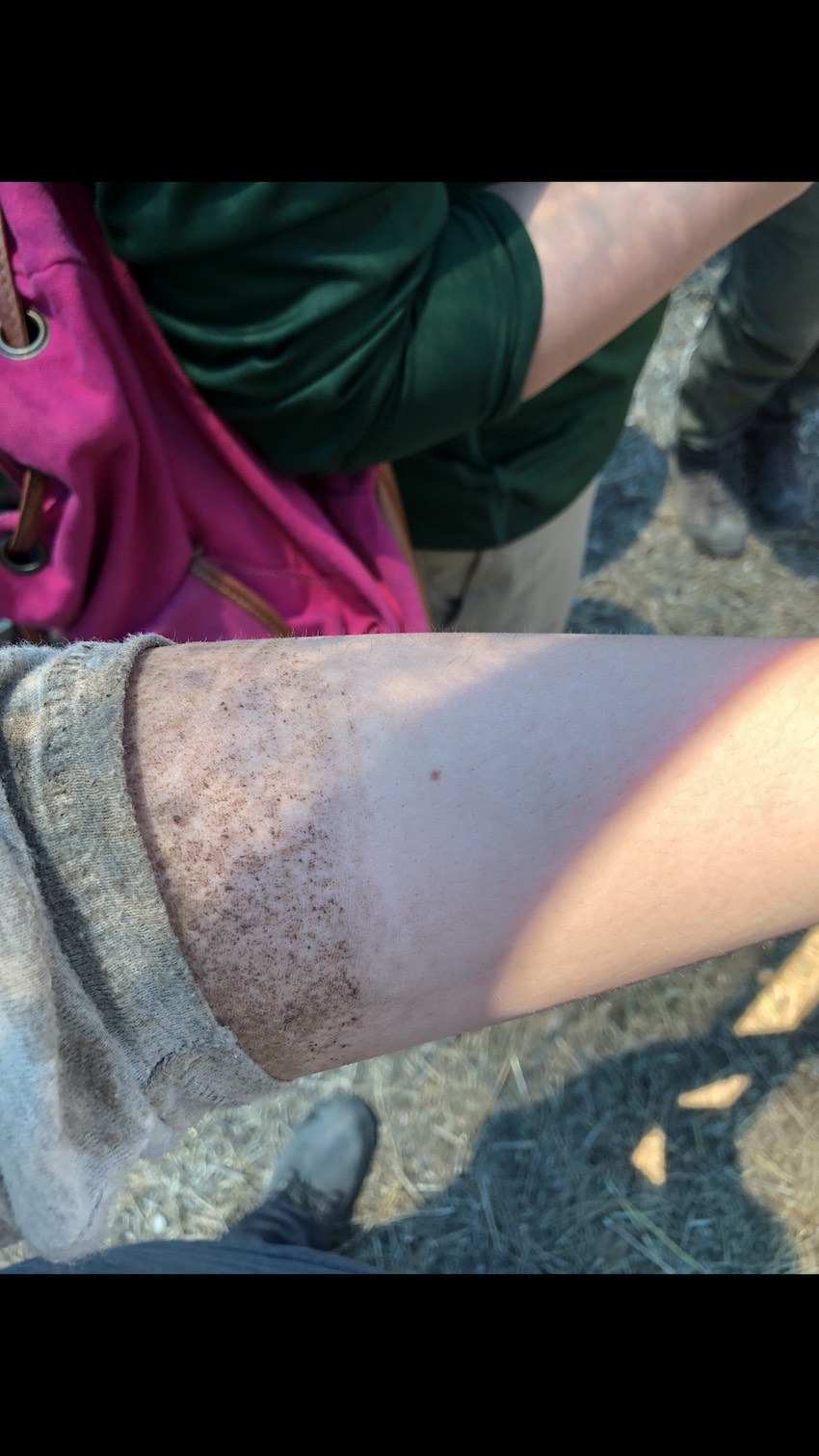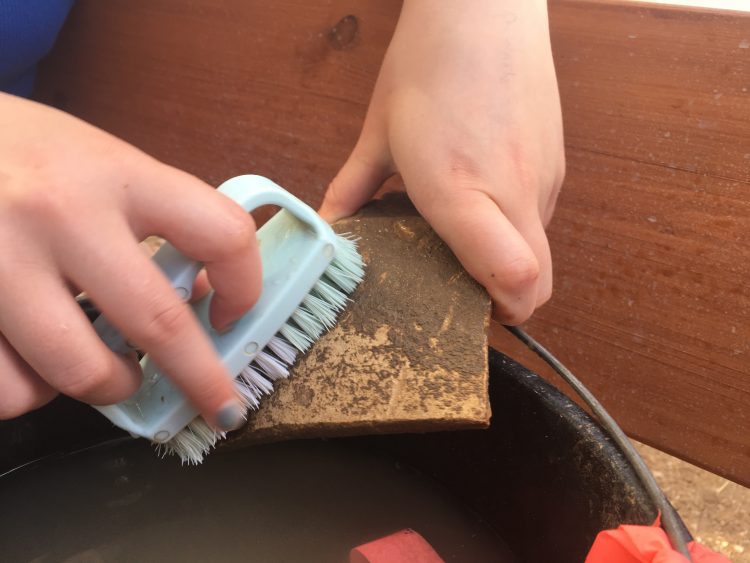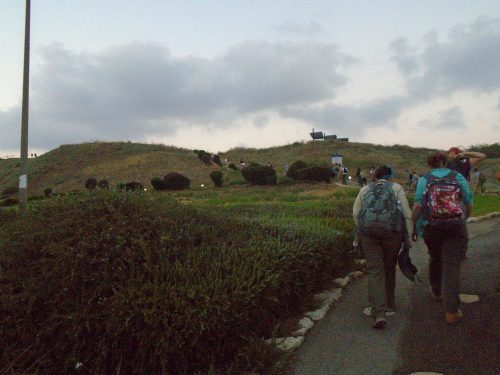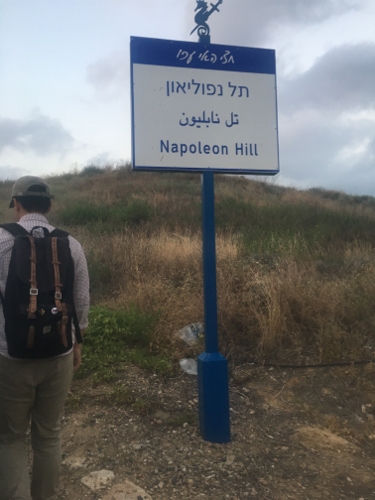Bon Akkoetit
By Trevor James Hale
To me, there is no greater way to experience a foreign culture and all its richness than through their food. The recipes, flavors, and various culinary traditions of a nation are a palatable history presented neatly on a plate. In my two and a half weeks living and working in Akko, I have had plenty of time to sample the local flavors of the Levant. While I do not claim to be some sort of expert on fine foods and delicacies, I know good food when I see it. And I can assure you, Akko has no shortage of appetizing oddities. So, let’s take a savory journey to my personal favorite eateries of Akko.
Soul Burger:
I’m a simple man of simple tastes, and few things taste better than a good burger. Soul Burger, a tiny burger bar just past the entrance to the Old City, is an Israeli take on the classic American sandwich. The word that resonates most with this place is: fresh. Ground beef made fresh every day before opening, onion rings and fries scratch made, a variety of spices and toppings bought daily from the Turkish Bazaar. Their signature dish, the Soul Burger, very well may be the single best burger I’ve had in my entire life.
Bilal Fish and Seafood Restaurant:
While I have always loved seafood, living in rural Pennsylvania means my access to it is rare and expensive, but for a seaside city like Akko, a fish dinner is as easy as walking to the docks and casting your rod in. Bilal Restaurant, resting quietly beside the Old City harbor, specializes in all things seafood. Masterful in their craft and easy on the wallet, Bilal is a must visit for seafood lovers.
El Marsa Restaurant and Bar:
Another Old City eatery, this bar overlooks the sea and the city of Haifa across from it. A more formal establishment in the restaurant part, El Marsa also has a more casual bar in the back. If you’re a fan of Arak, you can get a decent round of shots for a relatively cheap price.
Tenshek:
Are you a fan of shawarma? If so, “Tenshek” (or so I believe it to be) is the place to go. A short walk from the nautical college, this little eatery is perhaps my favorite place in the whole city. From freshly slicked chicken shawarma to grilled kebab, Tenshek provides a variety of delectable dishes. What’s more, most dishes are within the 20-30-shekel range, an absurd deal for such good food. Do yourself a favor and get the kebab pita, it’s well worth it.
Hummus Issa:
Lauded as perhaps the single best hummus restaurant in Israel, people from all over the nation travel for a meal. But with the long lines and odd hours (6 AM to 2:30 PM), does it really live up to its own hype? Yes, yes it does. Warm, fresh pita served with dishes of spectacular hummus, Hummus Issa just may be the pinnacle of hummus. You know the food is good when the locals love it just as much as the tourists.
Hummus Said:
The crown of “best hummus in Israel” is hotly contested. In defiance of Hummus Issa is Hummus Said. Within proximity to Issa, Said is similarly lauded as the peak of hummus and pita eatery. While I am no judge of hummus, I will admit that Said has better hours.
American Pizza:
Another Israeli twist on a favorite American dish, American Pizza dishes out pies like no other. Featuring both more traditional toppings, as well as some more interesting local flavors, American Pizza is as tasty as it is affordable. While it’s no New York bistro, American Pizza can serve a slice of home for anyone missing the simple delicacy of pizza.
Uri Buri:
Voted best restaurant in the Middle East in 2016, Uri Buri is a sort of site of pilgrimage for the students in this program. As close to heaven as one can get in a culinary sense, Uri Buri provides course after course of lavish foods prepared lovingly.
And of course, no review of the Tel Akko Total Archaeology program would be complete without a review of…
The Nautical College Dining Hall:
The site of most of my meals, the dining hall at the nautical college serves surprisingly good food. While dinner may seem meager to someone used to a more American diet, the wide variety of fruits, vegetables, and assorted foods makes up for it. Lunch is often the best meal of the day, as well as the special Shabbat dinner. If you want to save money and still have a good meal, don’t hesitate to chow down in the dining hall!
